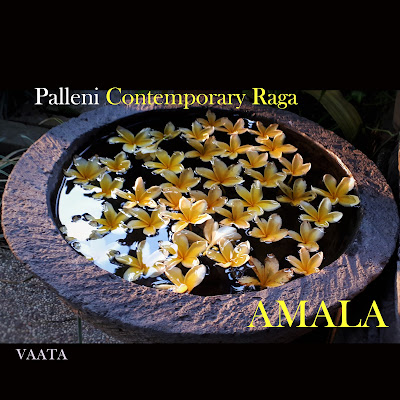SULL'ISPIRAZIONE 1
Quale che sia la natura di ciò che viene comunemente definito ispirazione, all’interno dello spettro delle esperienze umane, è ancora oggetto di dibattito filosofico e scientifico. Nell’esperienza individuale spesso coincide con il desiderio di imitare l’opera di coloro che ci hanno preceduto e per qualche motivo hanno lasciato una traccia nella nostra memoria. Ad un certo punto è necessario emanciparsi dal modello di riferimento se non si vuole rimanere arenati nell'imitazione. Un nuovo linguaggio originale si forma all’interno di una tradizione.
Con questo articolo dò inizio ad un ciclo di brevi scritti in cui verranno illustrati degli esercizi pratici derivati dalla psicologia cognitivo-comportamentale, dalla musicoterapia e dell'arteterapia che pratico da venticinque anni, tutti orientati a stimolare la creatività individuale. Questi esempi servono a mostrare come fare uso di questa facoltà al fine di produrre opere di creatività. In particolare verrà trattata la musica anche se questi semplici esercizi possono essere utilizzati in qualunque altro campo dell’espressione artistica.
Per cominciare desidero soffermarmi su cosa significhi per me l’ispirazione e come attraverso la sua metamorfosi sia arrivato a un rapporto sincero e diretto con la mia creatività, al punto da sviluppare delle strategie per poterla utilizzare al meglio. Da quanto affermato finora potrebbe sembrare che ispirazione e creatività siano sinonimi, ebbene non lo sono. Diremo invece che in questo contesto sono da considerarsi complementari: mentre la creatività è quell’insieme di atti pratici e manuali atti a realizzare un’idea, tra i quali è compresa certamente una tecnica, l’ispirazione è la capacità di concepire questa idea nitidamente, tanto che la sua attuazione ne risulta facilitata quanto più l’oggetto mentale è compiuto. Si tratta di un’abilità quasi visionaria che in psicologia della forma – gestalt – viene definita insight. Mentre in alcuni soggetti è naturalmente presente in altri può sembrare assente, ma in entrambi i casi può essere coltivata con la pratica e la disciplina.
Nel mio caso col passare degli anni la natura dell'ispirazione, dapprima colorata di un’aura quasi mistica e metafisica, è per me divenuta più chiara e accessibile. E pur tuttavia la sua origine resta ammantata di un certo mistero, la sua fonte ignota sebbene rintracciabile nelle realtà delle cose quotidiane. Soprattutto il flusso delle idee nel momento in cui si arrivano - è questo il termine più adatto - elude ogni possibilità di controllo: inutile mettersi a tavolino cercando di trovarne, altrettanto infruttuoso provare a suonare nella speranza che qualcosa di buono esca nel corso di un’improvvisazione. Invece le probabilità aumentano se sto facendo qualche attività che non ha nulla a che vedere con la musica, come ad esempio quando sto camminando, mentre contemplo un paesaggio oppure sto guardando un film.
Allora può accadere che improvvisamente un’idea musicale mi colpisca e, prima che il suono sia svanito e me ne dimentichi, prendo una nota vocale cantando nel registratore del telefono. Queste idee appaiono in forma di frammenti sonori, sono generalmente molto semplici e nitide, pure e autosufficienti, non idiomatiche, stilisticamente emancipate dai generi da me frequentati e proprio per questo così attraenti nella loro essenzialità. Questo processo può durare qualche minuto oppure a volte la melodia si fissa ossessivamente e va avanti per ore o giorni. Per quanto possano sembrare elementari o banali non mi soffermo sulla loro bontà né’ su un giudizio estetico affrettato. Una volta che le idee melodiche sono fissate me ne dimentico, passati alcuni giorni o qualche settimana le riascolto: questo mi darà la misura del loro valore. Se qualcuno tra i frammenti selezionati è ancora interessante potrà essere lavorato ulteriormente ed eventualmente divenire un brano.




Commenti
Posta un commento